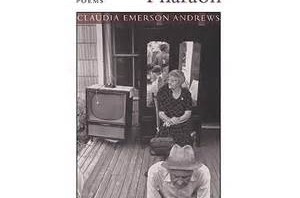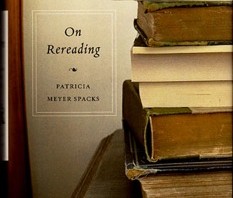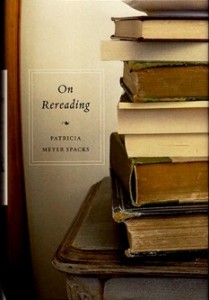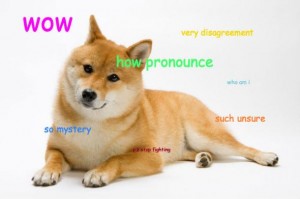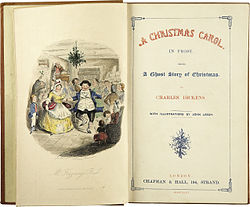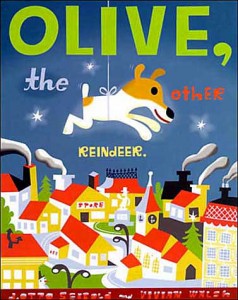 Most people know of Claudia Emerson because of her Pulitzer-winning Late Wife and subsequent books, but it’s been two decades since Shenandoah published her poem “The Milk Cow Speaks of Winter” and sixteen years since she included it in her first collection, Pharaoh, Pharaoh (LSU, 1997). The act of magical ventriloquism in it isn’t as radical or shocking as James Dickey’s “The Sheep Child” (what is?), but it’s a sensual and delightful bovine soliloquy which helps us escape from the mundane and puts our minds back on the beautiful and vital, where we belonged all along.
Most people know of Claudia Emerson because of her Pulitzer-winning Late Wife and subsequent books, but it’s been two decades since Shenandoah published her poem “The Milk Cow Speaks of Winter” and sixteen years since she included it in her first collection, Pharaoh, Pharaoh (LSU, 1997). The act of magical ventriloquism in it isn’t as radical or shocking as James Dickey’s “The Sheep Child” (what is?), but it’s a sensual and delightful bovine soliloquy which helps us escape from the mundane and puts our minds back on the beautiful and vital, where we belonged all along.
He pulls a full moon from my swollen bag;
the warm lunar landscape fogs far away
from me, though his forehead rises and falls
with each breath I take, light against my ribs.
Sometimes he speaks or sings or clucks his tongue,
and I watch him unfold his pocketknife,
sever the twine from another hay bale,
its dust rising with his icy white breath
as the tension collapses, relaxes
at his feet. I am offered last year’s field,
and with the grass the rare brittle carcass
of a bird, grim beak hinged closed, the morning
glories smothered with their mouths wide open,
and the hollow bodies of grasshoppers
stunned midleap that morning he’s forgotten.
He steals from the field as he steals from me.
I stand for him to curse and wrench the year’s
staggering calf; at last I yearn to feel
his fists filling a galvanized bucket
with steady relief. And I lean into
his nuzzle, silent, my tongue the thick wind
that rolls over his chapped winter field,
my teeth sweet with red blossoms of clover.
 I always enter this poem through its wonderfully electric texture — fingers, tongue, bag and teeth and breath — and the cow’s mind in motion is a little essay on association, the ways I want my own mind to wend and connect. By the end of the poem I’ve been reminded of and born again into the seasonal cycle, from baled hay to clover and back, as well as the diurnal cycle with its nourishing sun and numinous moon. I can almost imagine that this cow’s mantra is “Moon, moon, moon,” while the poem also affirms the generational sequence, the new life of the calf, the hollow body of the hopper.
I always enter this poem through its wonderfully electric texture — fingers, tongue, bag and teeth and breath — and the cow’s mind in motion is a little essay on association, the ways I want my own mind to wend and connect. By the end of the poem I’ve been reminded of and born again into the seasonal cycle, from baled hay to clover and back, as well as the diurnal cycle with its nourishing sun and numinous moon. I can almost imagine that this cow’s mantra is “Moon, moon, moon,” while the poem also affirms the generational sequence, the new life of the calf, the hollow body of the hopper.
“The Milk Cow Speaks of Winter” not only ruminates on her symbiotic relationship with the human and natural worlds between which domestic animals stand, but she sings it with sustained assonance and consonance, alliteration and rhyming sounds and even more subtle effects that people like Alfred Corn and Henlen[sic, but it’s ag day on the blog!] Vendler probably have terms for. For all the soothing pleasure and the awareness of mortality that runs like a quiet current (even to the “galvanized bucket”) through the poem, Emerson manages to balance the chill and chapped with breath and sweetness and light (“against my ribs”). While this bucolic poem is not multilingual, its field of meanings crosses many registers and chords.
Dickey liked to call this poem’s kind of enchantment “country surrealism,” but the twentieth century concept/genre of magical realism seems to me more apt, and I celebrate the fact that not all its “glories” are “smothered.” In the end, the poem’s final impact echoes that of the preyed-upon creatures in Dickey’s “The Heaven of Animals,” accepting their roles. This winter cow, however, is more aware than the deer J.D.’s big cats leap upon, and I like to leave the poem half imagining her in “midleap” over the lunar orb, the witty and serious narrator somewhere in the shadows with a cat and a fiddle, for you can dance to this poem.

